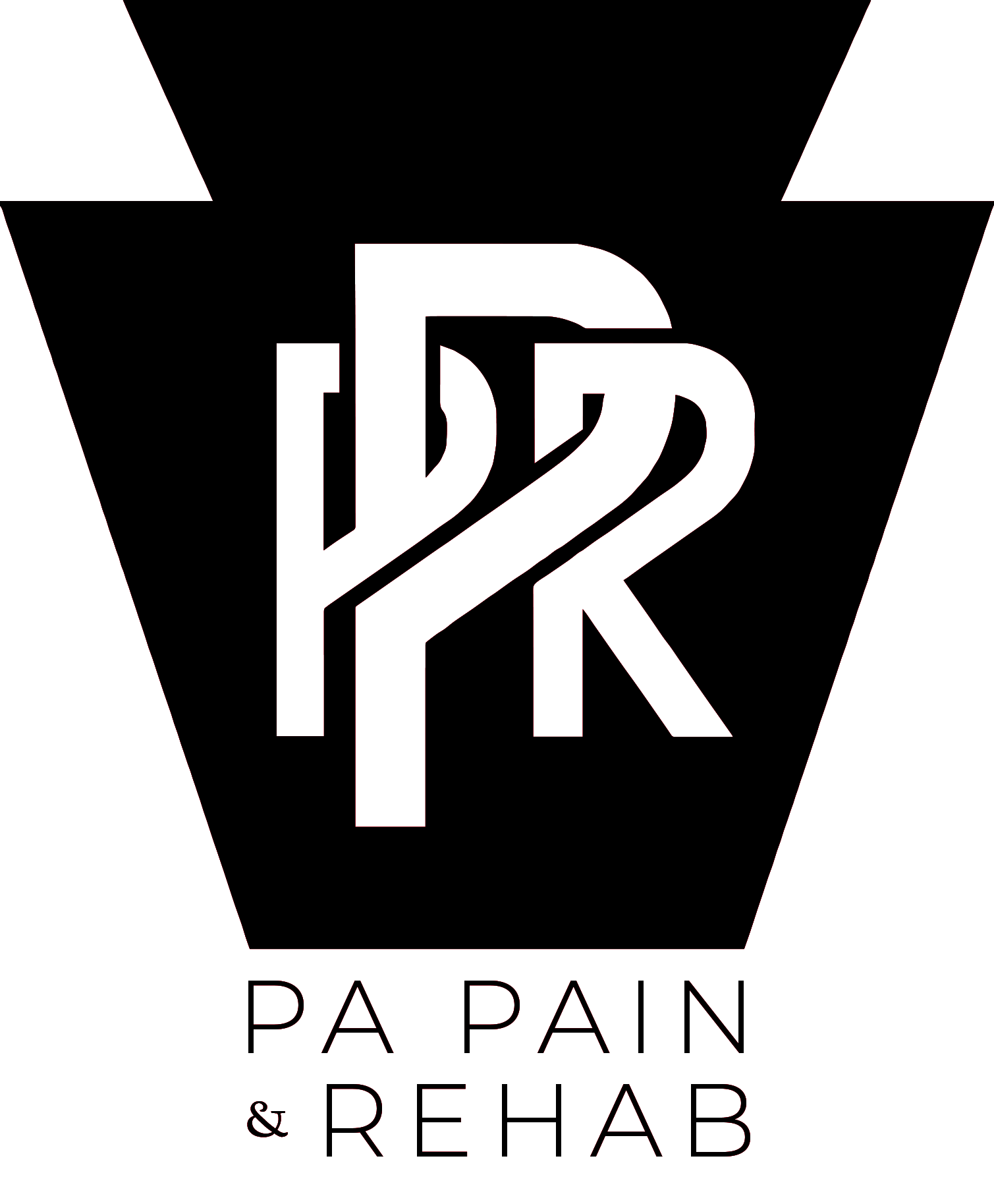Neck pain is one of the most common conditions we see in our six Philadelphia chiropractic practice locations. Not only is it one of the most common problems patients present with, but it’s also one of the biggest disrupters to your daily routine.
According to the National Institute of Health Statistics national survey, neck pain is the second most common form of pain in the United States (following back pain and tied with headaches and migraines). An estimated three-quarters of Americans will be affected by neck pain at some point in their lifetime.
As experts in the musculoskeletal system, chiropractors are the ideal healthcare providers to treat problems associated with the neck.
The neck makes up the part of the spine referred to as the “cervical spine.” This curved portion of the spine consists of the first seven vertebrae, starting from the base of your skull at the C1 (atlas) vertebrae and ending at your thoracic spine. One of the three curves in your spine, the cervical curve is critical to overall spinal health. Any reduction or misalignment in this area of the body can cause pain, headaches, migraines, stiffness, and more. It’s important to note that it may take years for pain or other issues to surface, which is why it’s critical to get regularly checked in order to prevent or delay potential health issues.



